Exploring Medieval Gambling: Wagers and Entertainment in the Middle Ages
The glitz and sophistication of contemporary casinos bring to mind high-rolling patrons, flashing lights, and sprawling gaming floors. But centuries before today’s gaming innovations, people in medieval societies were already placing bets, driven by the same impulses of chance, thrill, and social competition. So how did gambling actually look in the Middle Ages? Let’s journey back in time to uncover the popular games, social dynamics, and high-stake wagers that defined this era of betting.
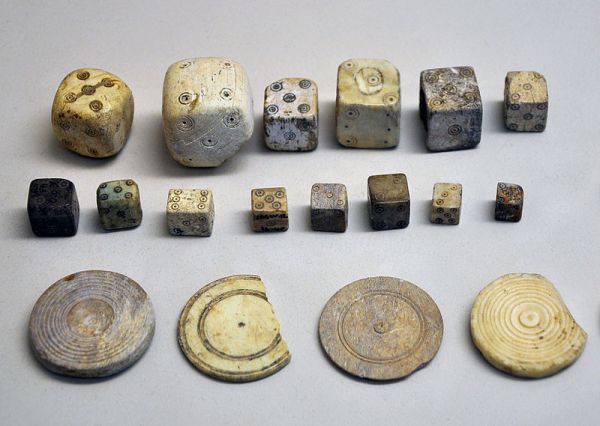
The Origins of Chance-Based Games
Medieval gambling centered on pure chance, stripped of the complex rules and mechanisms we see in modern gaming. Dice games, especially, attracted people of all walks of life, offering immediate excitement and the possibility of quick wins-or equally swift losses.
One of the era’s most renowned dice games was Raffle, which required participants to roll three dice and hope to land the same number on all three, or to achieve the highest matching pair. Games of this kind were simple but intensely captivating, sparking regular contests among players.
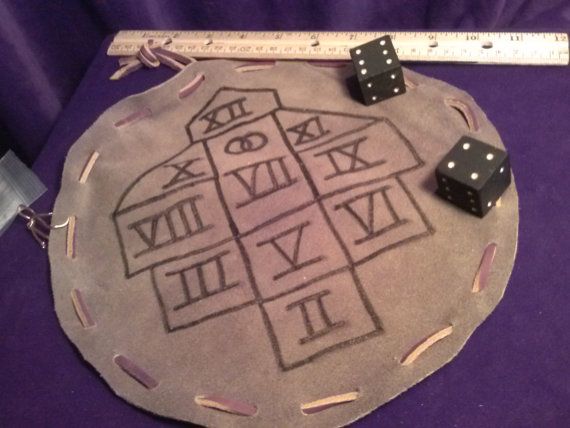
Another prominent dice pastime was Hazard-a precursor to the modern game of Craps. Renowned for its unpredictable nature and notorious for side-stepping rules, Hazard flourished in taverns and street corners. Its popularity often drew in cheats and swindlers, and anyone caught trying to rig the game could expect harsh punishments.
Shell games were not unknown to medieval audiences either. “Thimble-rig,” or “cup and balls,” became a favorite swindle among street hustlers. Operators would rapidly shuffle a small ball between thimbles or cups, encouraging bets on where it would land-often cheating unwary participants out of their coins.
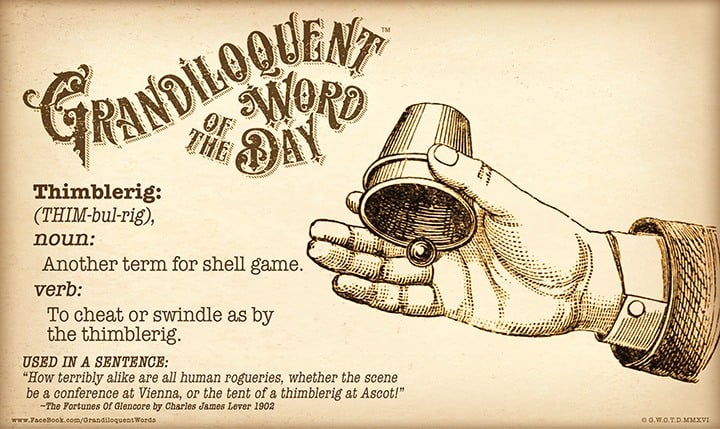
Beyond dice and shell games, even coin tosses became sources of speculation. The medieval variant, called “cross and pile,” named after the two sides of the coin, was extremely popular thanks to its simplicity and the immediate results it provided.
During this period, card games began to emerge in Europe, gradually working their way into British society around the 15th century. These games, having originated in China several centuries earlier, rapidly took hold and would go on to become central components of Western gaming culture for generations.
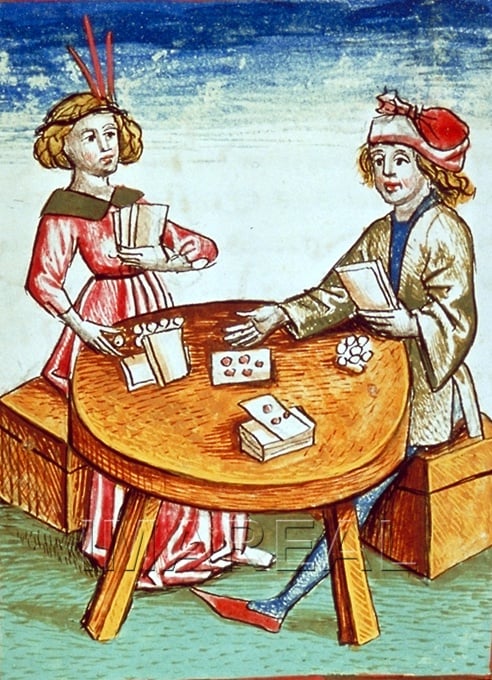
Gambling as a Privilege: Class and Legal Restrictions
Far from being a pastime for the masses, gambling in medieval times was largely an activity monopolized by the upper echelons of society. Statutes dating back to the reign of King Richard I (the late 12th century) explicitly excluded anyone below the rank of knight from participating in gambling, making it a pursuit tied to wealth and status.
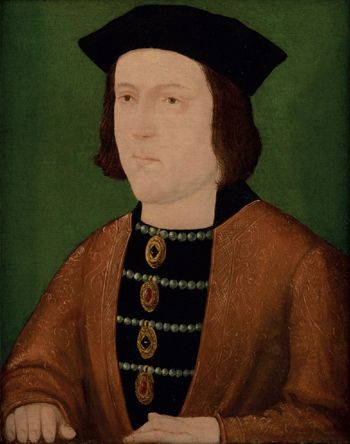
This elitist attitude was later reinforced by royal decrees. In 1461, King Edward IV’s government passed a ban on dice and card games, followed shortly by restrictions on the import of playing cards. Rather than eradicating gambling, these measures were often intended to ensure that the production and enjoyment of such pastimes remained in the hands of society’s elite.
For commoners-apprentices, farm workers, and laborers-Henry VII’s parliament enacted even stricter prohibitions in the late 15th century, forbidding them from partaking in gambling activities. Curiously, the aristocrats and monarchs themselves, including King Edward IV and King Henry VII, were known to participate enthusiastically in betting, sometimes on newly invented pursuits such as fox-hunting or refined versions of traditional games like chess and tennis.
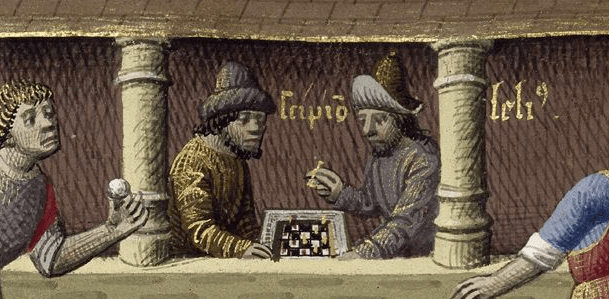
The High Stakes of Medieval Wagering
With legal gambling reserved for the privileged, the sums bet during medieval times were significant, often equating to small fortunes by today’s standards. Historical accounts from King Henry VII’s reign provide insight into the amounts wagered at the royal court:
- £10 paid to Jakes Haute for bets on tennis matches
- £20 in gold staked during card games for the King’s enjoyment
- £3 handed to the Lord of York following a dice game
While these amounts may appear modest now, in the context of the medieval economy, they represented considerable wealth. These high-stake bets highlight how, even with restrictions, gambling was a favored-and sometimes ruinous-diversion for the elite, with fortunes won and lost at the gaming table.
A Lasting Legacy
Gambling in the Middle Ages was less about glamorous venues and vast crowds, and more about simple games of chance, high-status exclusivity, and the thrill of risky wagers. Though commoners were largely kept out by law, the pursuit of luck and fortune left a mark on medieval society-shaping attitudes toward games, risk, and entertainment that would evolve and flourish in later centuries.













